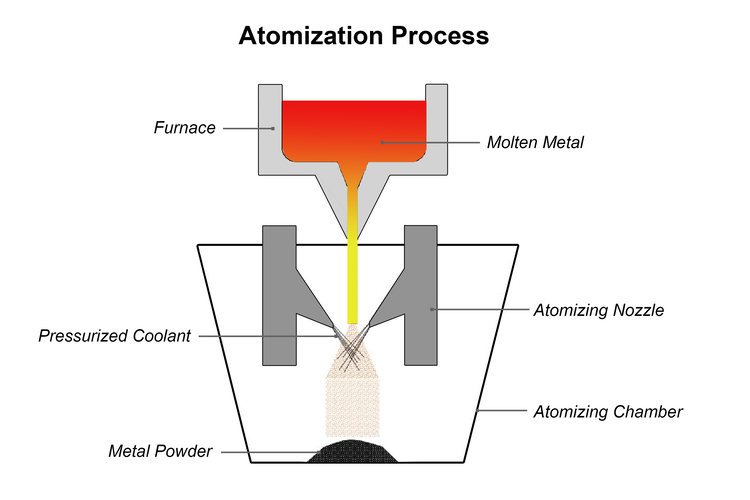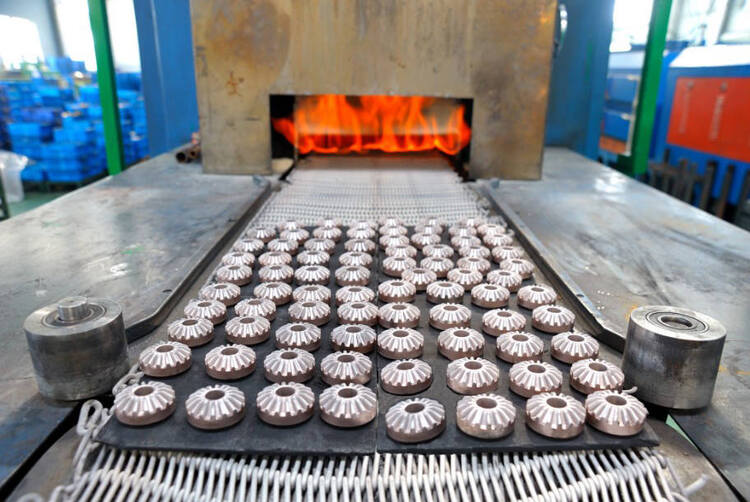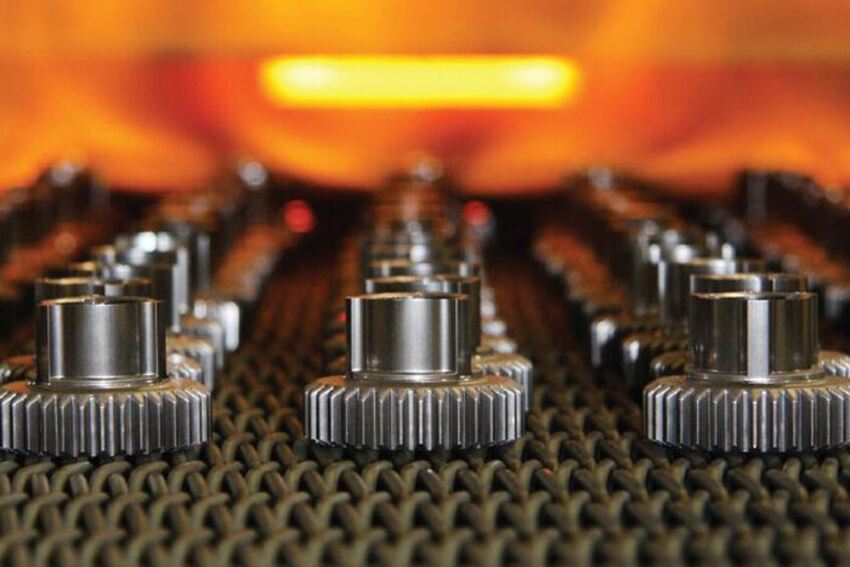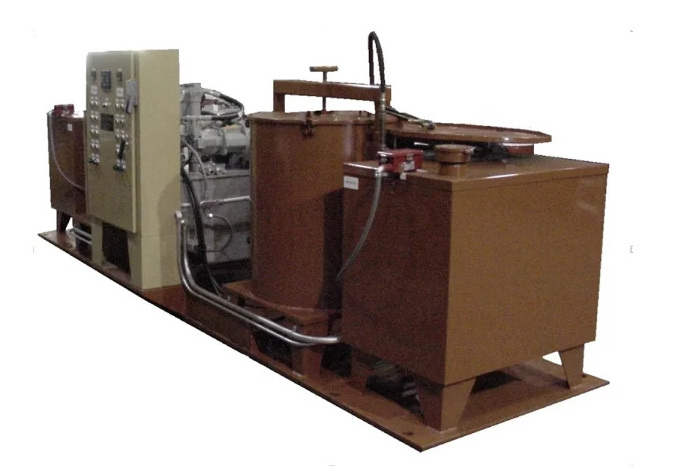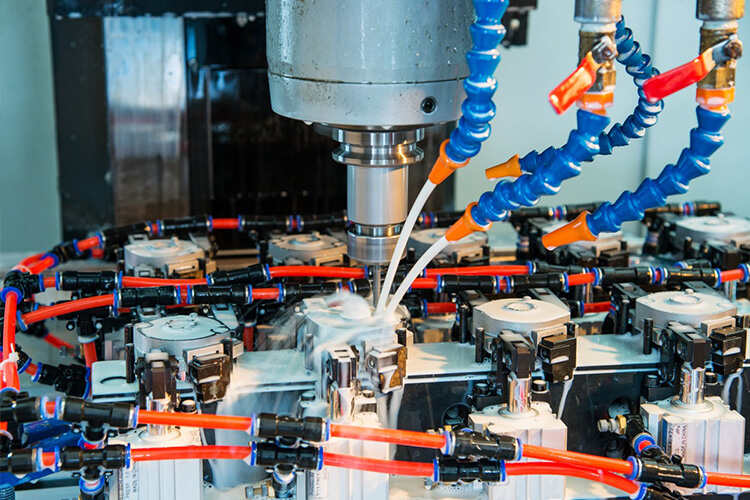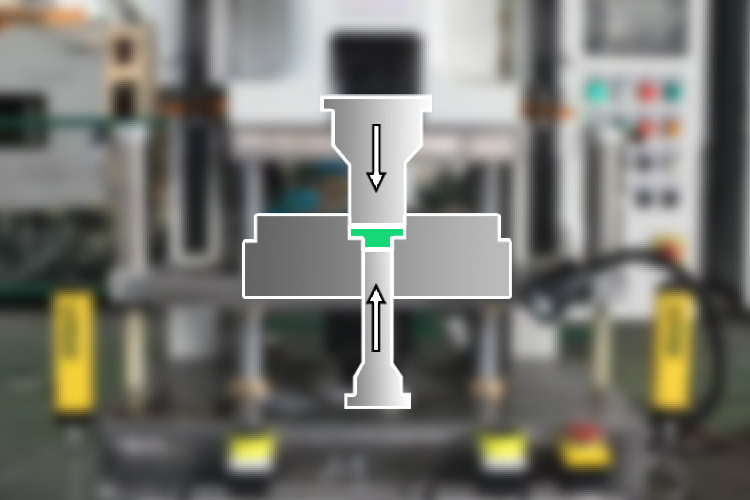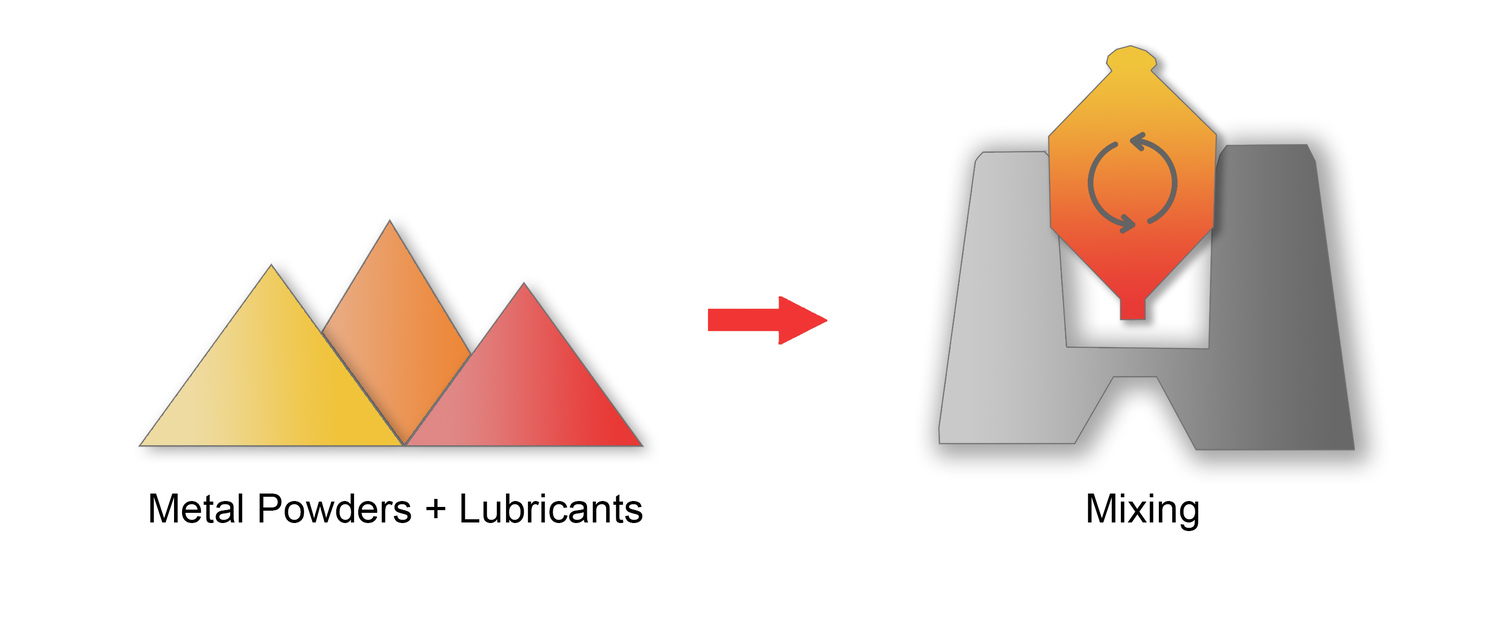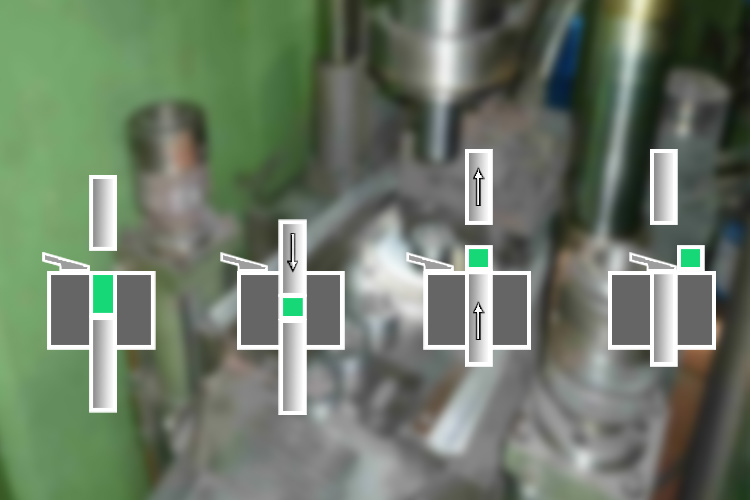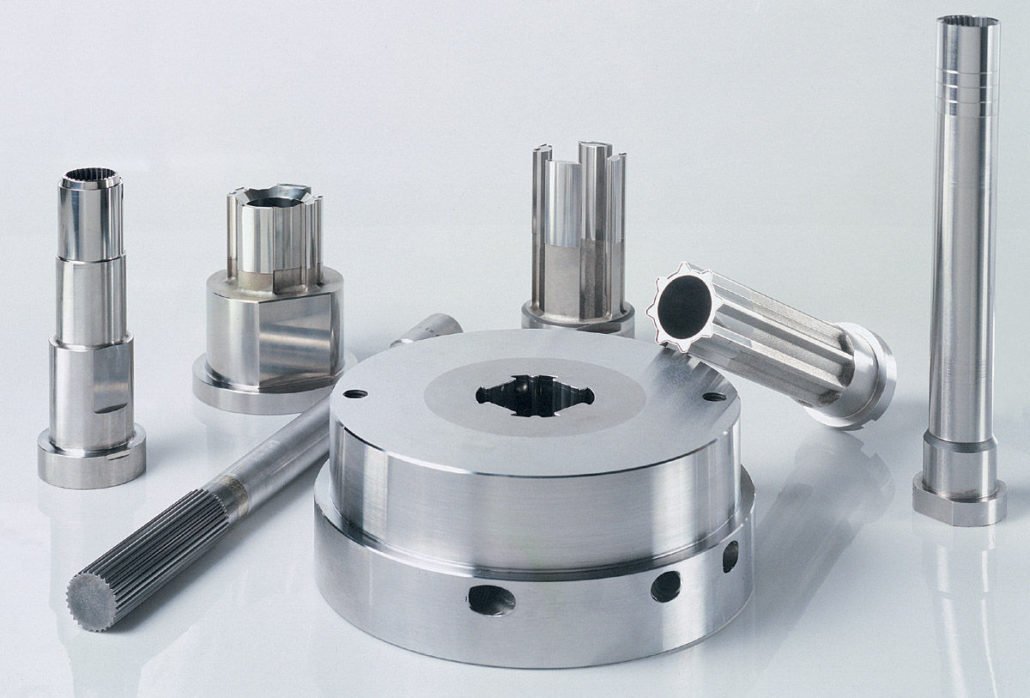
Powder Metallurgy Die Design
We all know that sintered parts require high precision, which naturally sets demanding standards for powder metallurgy die. Some die achieve dimensional accuracy of up to 5 micrometers. To produce these high-precision parts, powder metallurgy die design is a top priority. Mold design is a

